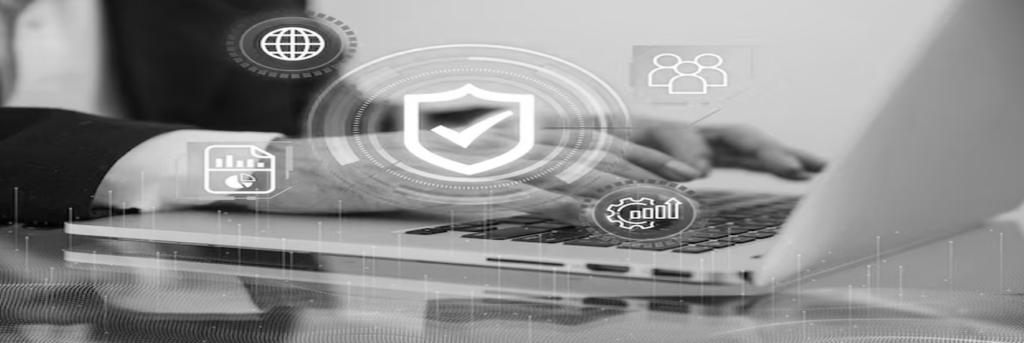Organizations deal with a complex and evolving threat landscape now a days. Security consultants are tasked with assessing, analyzing, and enhancing security postures while minimizing disruptions to business operations, budget, and personnel. Developing a strategic roadmap is crucial for a successful engagement. By aligning security objectives with corporate strategy, demonstrating measurable value, and winning executive support, consultants can effectively protect organizations from internal and external threats.
As a lead security consultant, establishing credibility and building strong relationships with both leadership and team members is paramount. Our initial actions as consultants will significantly impact the engagement’s outcome. Research from Gartner underscores the importance of a well-defined 100-day plan for consultant success. This guide offers practical recommendations to help you navigate this critical phase.
* Disclaimer: The recommendations below are meant to serve as guidance only, and don’t represent a comprehensive road-map to achieve success as this vary organization to organization.*
The Importance of a Strong Security Foundation
Before boarding on improving organization’s security posture, it’s crucial to establish a clear understanding of current environment and cultural landscape. Comprehensive inventory of existing systems and services is a foundation of effective information, along with performance metrics. To gain valuable insights, consider exploring past security initiatives, leveraging knowledge from different stakeholders, and identifying available resources. Understanding organization’s history with regards to cyberattacks and data breaches is equally important. Building strong relationships with key stakeholders across departments will provide diverse perspectives and access to critical information. By thoroughly assessing the starting point, we’ll be well-equipped to address security challenges, develop and deliver sustainable solutions.
A Consultant’s Approach in understanding the organization
To effectively revamp a security function, a comprehensive initial assessment is essential. This assessment should delve into several key areas:
Inventory and Assessment
- Security Services and Systems: development of a comprehensive catalog of existing security tools, technologies, and processes.
- Performance Metrics: Identify or create metrics to measure security performance. Evaluate their effectiveness and relevance.
- Gap Analysis: recognize the current security posture with applicable and relevant industry standards and best practices to identify shortcomings.

Historical Review
- Past Initiatives: analyze previous security projects to understand their outcomes and lessons learned.
- Predecessor Knowledge: leverage insights from the previous or current security leadership or team members to gain valuable context.
- Past Incidents: review past cyberattacks or data breaches to identify vulnerabilities and improve response plans.

Stakeholder Engagement
- Relationship Building: establish strong connections with key stakeholders across departments.
- Feedback Collection: gather insights on security concerns, challenges, and expectations.
- Resource Identification: Identify potential internal resources to support the security revamp.

Potential Next Steps
Based on this foundation, we can delve deeper into specific aspects of the security function. Here are some potential directions:
- Security Risk Assessment: Conduct a thorough assessment to identify and prioritize threats and vulnerabilities.
- Security Policy and Procedure Review: Evaluate existing policies and procedures for alignment with business objectives and industry standards.
- Security Awareness and Training: Assess the current state of employee security awareness and develop a training plan.
- Comprehensive report with strategy: develop reports based on past and current allocated budgets and identified risks with cost benefit analysis.
- Provides a clear roadmap: outline costs, benefits, and risks, this report should guide decision-making and resource allocation.
- Meeting with management: buy management support with strong justification and effectively presenting developed reports and road-map.
In upcoming parts, we will explore these points in more detail and with specimen.







